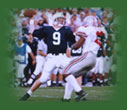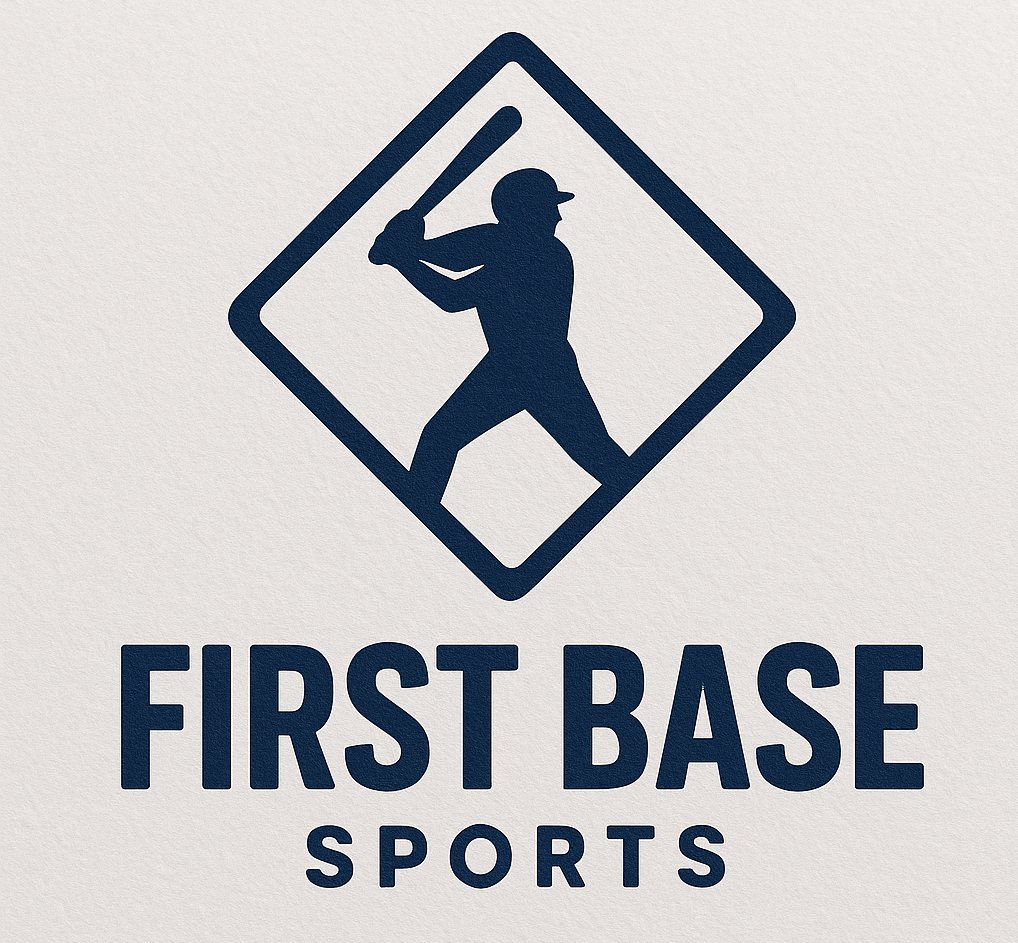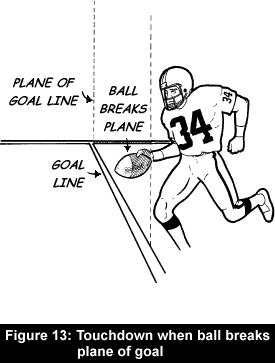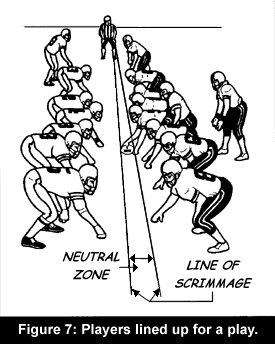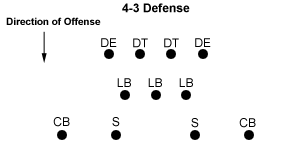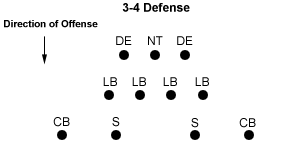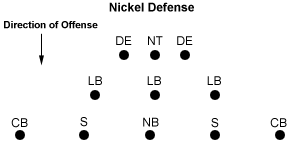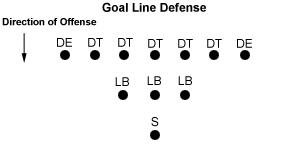Chosen Excerpts From:
Section 5: How the Game is Played – At the Line: Set-Up for a Play
Section 6: Scoring – Touchdown
Section 12: Formations and Plays – Defensive Formations
- 4-3 protection
- 3-4 protection
- Nickle or Dime protection
- Objective Line protection
Too:
Look at the Table of Contents for a section by-part portrayal.
Emphasized words can be found in the book’s Glossary and are connected to our on-line glossary reference.
|
|||
|
|||
|
|||||||
